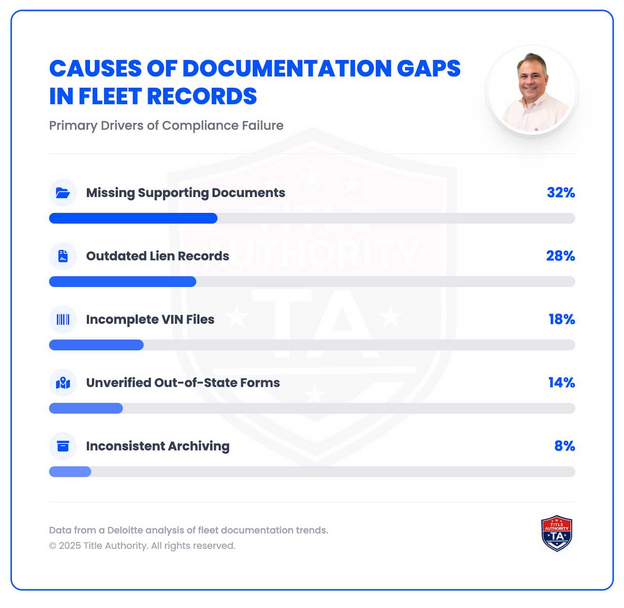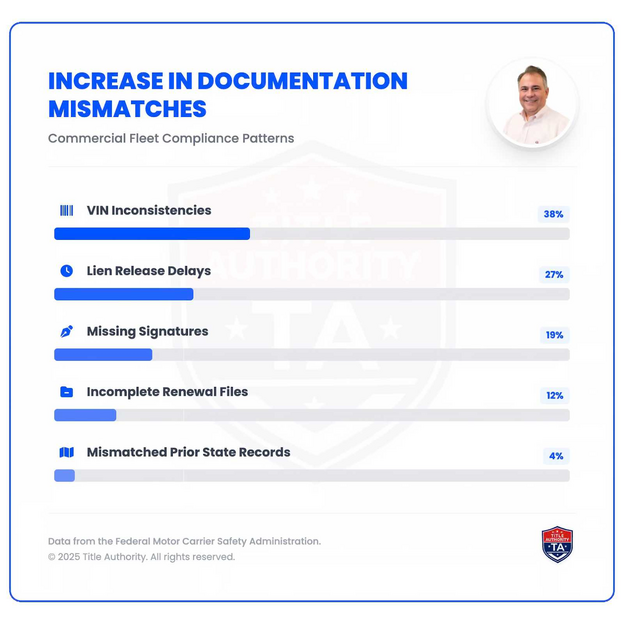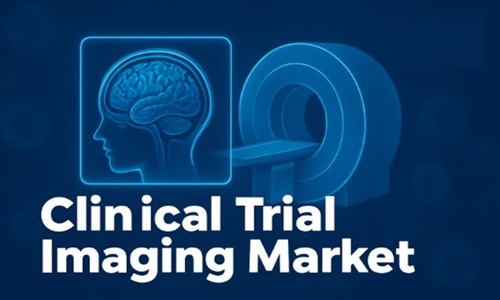
Accidents involving large trucks can be devastating due to their size and weight. These incidents often result in severe injuries, extensive property damage, and complex legal proceedings. Knowing the proper steps to take immediately after a truck accident can help protect your health, rights, and financial future. Below is a comprehensive guide outlining what to do if you are involved in an accident with a commercial truck.
Understanding the Seriousness of Truck Accidents
Truck accidents differ greatly from regular car collisions. Commercial trucks, such as semis, tractor-trailers, and delivery vehicles, can weigh up to 80,000 pounds when fully loaded. Because of this, even a minor mistake can lead to catastrophic outcomes.
Common Causes of Truck Accidents
Driver fatigue: Many truck drivers work long hours, leading to exhaustion and slower reaction times.
Improper maintenance: Failure to maintain brakes, tires, or steering mechanisms can cause loss of control.
Overloaded cargo: Excessive or improperly secured loads can shift, causing instability.
Distracted driving: Using mobile devices or navigation systems while driving poses major risks.
The Federal Motor Carrier Safety Administration (FMCSA) sets strict regulations on hours of service, truck maintenance, and driver qualifications to help prevent such accidents.
Step 1: Prioritize Safety and Seek Medical Attention
Your safety and the safety of others should come first. If possible, move your vehicle out of traffic to prevent further collisions. Turn on your hazard lights and call emergency services immediately. Even if you feel fine, remember that adrenaline can mask pain or injuries.
Why Medical Care Matters
Some injuries, such as concussions or internal bleeding, may not be immediately apparent.
Medical records provide crucial evidence if you pursue an insurance or personal injury claim later.
Make sure to keep all medical reports, prescriptions, and bills organized, as these will play an important role in your case.
Step 2: Contact Law Enforcement
Always call the police after a truck accident, even if the damage seems minor. Officers will create an official accident report detailing the scene, statements, and any visible damages. This document is essential for both insurance claims and potential legal action.
Information to Obtain
The name and badge number of the responding officer.
The police report number.
Copies of witness statements, if available.
Do not admit fault or speculate about what happened. Simply describe the events as you experienced them and allow the authorities to handle the investigation.
Step 3: Collect Evidence at the Scene
If it is safe to do so, gather as much information as possible before leaving the accident site. This step can make a significant difference in the success of any legal or insurance claim.
Important Evidence to Gather
Photos and videos of all vehicles involved, road conditions, and visible injuries.
The truck driver’s name, contact information, license number, and employer details.
The truck’s license plate and USDOT number.
Contact information of any witnesses.
Truck accidents often involve multiple parties, such as the driver, trucking company, or cargo loaders. Proper documentation helps establish who may be liable.
Step 4: Notify Your Insurance Company
Contact your insurance provider as soon as possible after the accident. Be honest but cautious when discussing details. Do not provide recorded statements or accept early settlement offers without consulting an attorney first.
What to Provide Your Insurer
The police report number.
Contact details of other parties involved.
Photos and documentation from the scene.
Remember that insurance companies are profit-driven and may attempt to minimize your claim. Having legal representation can help protect your interests.
Step 5: Consult a Legal Professional
Truck accidents can involve multiple layers of liability, including the driver, trucking company, vehicle manufacturer, and even maintenance providers. A skilled attorney can help navigate these complexities, ensuring you receive fair compensation for your injuries, property damage, and emotional distress.
If you are in the Long Island area, consider seeking help from a qualified truck accident lawyer from Long Island. They can guide you through the legal process, negotiate with insurers, and represent you in court if necessary.
Step 6: Preserve All Evidence and Documentation
After leaving the scene, continue to collect and safeguard all accident-related evidence. This includes medical records, repair estimates, towing bills, and correspondence with insurance companies or law enforcement.
Additional Documents to Keep
Communication logs with trucking companies or insurers.
Employment records if you lost income due to injury.
Receipts for out-of-pocket expenses, such as rental cars or medications.
A consistent paper trail will strengthen your legal case and help determine the full extent of damages.
Step 7: Follow Up on Medical Treatment
Recovering from a truck accident can take weeks, months, or even years. Attend all scheduled medical appointments and follow your doctor’s instructions carefully. Missing treatments or ignoring medical advice may weaken your personal injury claim.
Types of Injuries That Require Ongoing Care
Spinal cord injuries
Traumatic brain injuries (TBI)
Broken bones and fractures
Whiplash and soft-tissue damage
Physical therapy, counseling, and rehabilitation may also be needed to regain strength and emotional well-being.
Step 8: Stay Informed About Your Rights
Each state has specific laws governing truck accidents and personal injury claims. In New York, for example, victims typically have a limited time—known as the statute of limitations—to file a lawsuit. Consulting with a knowledgeable legal professional early ensures that you do not miss crucial deadlines.
You can also learn more about reputable legal services, by visiting USlegal.com.
Step 9: Be Cautious With Settlement Offers
Insurance companies or trucking firms may approach you with quick settlement offers to close the case. However, accepting an offer too soon might prevent you from recovering the full amount you deserve.
An experienced attorney can evaluate the offer, calculate future medical costs, and ensure that all current and long-term damages are covered before any agreement is signed.
Conclusion
Being involved in a large truck accident can be a life-changing experience. From physical injuries to emotional trauma, the aftermath can feel overwhelming. By taking immediate action—prioritizing safety, gathering evidence, seeking medical attention, and consulting a qualified lawyer—you can protect your rights and secure the compensation you deserve.
Whether you’re dealing with medical bills, insurance negotiations, or complex liability issues, understanding these steps can help you move forward confidently and recover both physically and financially.




















